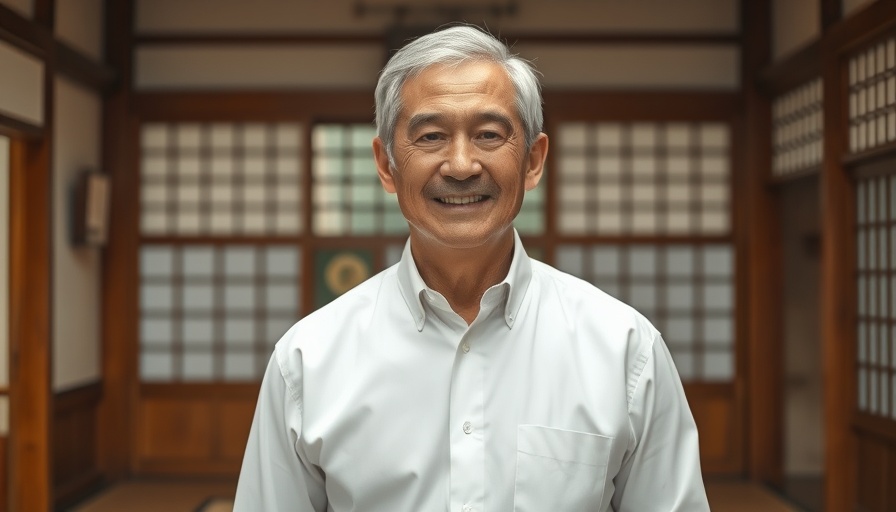
Empowering Women in Vajrayana Buddhism
The upcoming Global Peace Prayer Festival in Thimphu, Bhutan, from November 15 to 19, 2025, heralds a momentous occasion for equality in the Buddhist community by allowing over 250 nuns to receive full bhikshuni ordination for the second time in modern history. For centuries, women have faced barriers in attaining full ordination in the Vajrayana tradition, with deeply ingrained cultural practices preventing them from being regarded as equals to their male counterparts. The first significant step toward addressing this imbalance occurred during the June 2022 ordination, which sparked hope and a re-examination of gender dynamics within the spiritual landscape.
A Celebration of Unity and Peace
This year's festival will bring together practitioners from all corners of Buddhism, transcending cultural and sectarian boundaries. His Holiness the Je Khenpo, the festival's spiritual overseer, aims to create a shared aspiration for peace that resonates globally. The opening days will commence with the revered Jabzhi Dhoechog ritual, a ceremony seldom performed on this scale. It invites participants to purify their intentions and actions, laying a harmonious foundation as they step into the collective prayers for peace.
Transformational Insights Through Ceremony
Each segment of the festival has been crafted to foster spiritual reflection and collective growth. Following the Jabzhi Dhoechog, a unique Global Peace Prayer will weave together voices across various Buddhist traditions, signifying our collective yearning for peace and understanding among all beings. These practices remind us: “When we share our aspirations as a community, we cultivate a garden of compassion,” reminding us that unity lies within our shared human experience.
Importance of the Bhikshuni Ordination
The bhikshuni ordination represents not just a ceremonial milestone, but a vital shift in the Buddhist narrative, where women's contributions are finally recognized and celebrated. During the festival, nuns will have the opportunity to step into roles that allow for spiritual leadership and community engagement, standing as vibrant examples of empowerment for future generations. Their journeys reflect the essence of Buddhism: the pursuit of enlightenment not limited by gender but accessible to all.
Inspiring Change Through Collective Prayer
Amidst the ongoing global challenges—climate crises, political unrest, and social disparities—the festival’s essence lies in its promise of collective healing. By gathering under the auspices of peace and unity, attendees participate in a transformative journey meant to instill hope. This prospect of shared experience is both a call to action and a reminder that the seeds of change begin within each of us. As His Eminence Laytshog Lopen aptly stated, "This festival is dedicated to addressing the pressing challenges of our time," putting faith in Buddhism’s ancient teachings to light the path forward.
 Add Row
Add Row  Add
Add 




Write A Comment